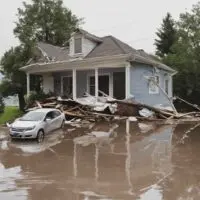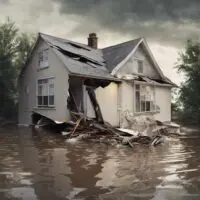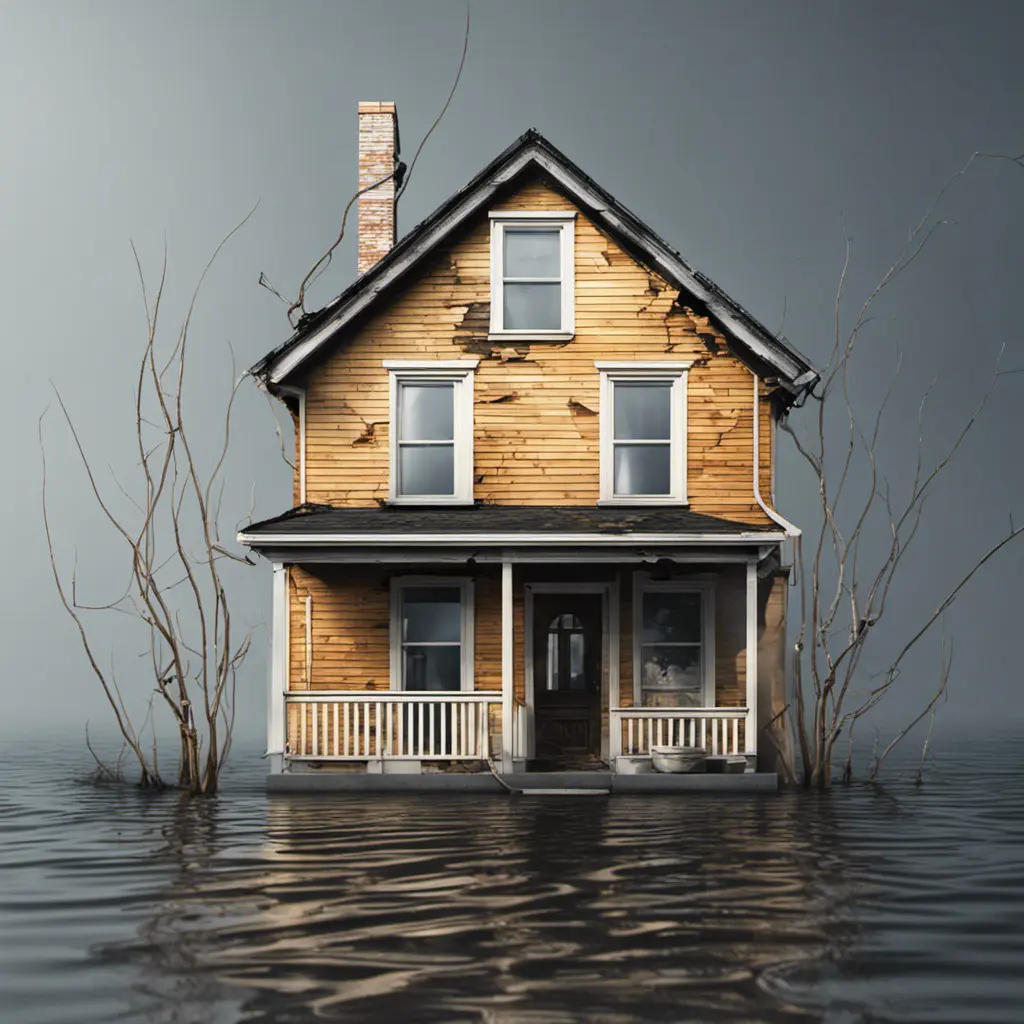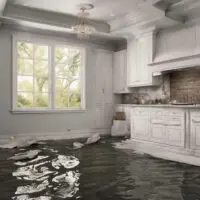
Water damage is a silent intruder that lurks in the busy heart of urban life, where streets teem with activity and concrete meets sky. Protecting our homes, infrastructure, and communities from the subtle but deadly risks of water damage becomes a critical undertaking as we navigate the dynamic landscape of city life.
This all-inclusive handbook emerges as a lighthouse in the urban expanse, providing people, community leaders, and city planners with a road map to counter the threats that water poses in this ever-changing environment.
Water damage has a complex nature that is entwined with the design of infrastructure, drainage systems, and our daily lives. Each section of this guide, from recognizing the urban water cycle to putting resilient building practices into practice, aims to equip urban residents with the knowledge necessary to prevent water damage and to design a cityscape that is resilient to water-related issues.
Let us travel through the busy neighborhoods and concrete canyons together, equipped with knowledge and techniques to build a strong barrier against the unseen danger of water damage in urban settings.
See also our post on Water Damage Restoration Guide: How to Restore Property After a Disaster
Grasping the Urban Water Cycle
Rainfall Patterns
Understand local rainfall patterns to anticipate potential water-related challenges. Different regions experience varying intensities and frequencies of rainfall, impacting the risk of flooding and water damage.
Urban Runoff
Acknowledge the phenomenon of urban runoff, where rainwater flows over impervious surfaces like roads and pavements, often leading to flash flooding. Recognize the implications of runoff on urban water management.
Stormwater Drainage
Familiarize yourself with the stormwater drainage system in your urban area. A well-maintained drainage system is crucial for efficiently diverting excess water away from urban spaces, reducing the risk of flooding.
Wastewater Management
Comprehend the complexities of urban wastewater management. Effective wastewater systems prevent sewage backups and contamination, safeguarding both public health and preventing water damage.
Urban Planning and Water Resilience
Explore the role of urban planning in enhancing water resilience. Well-designed cities incorporate green spaces, permeable surfaces, and sustainable drainage systems to mitigate water-related risks.
Protecting Buildings and Infrastructure
Waterproofing Foundations
Implement waterproofing measures for building foundations. Proper sealing and waterproof coatings help prevent water infiltration, protecting structures from potential damage.
Sump Pump Installation
Consider installing sump pumps in basements or low-lying areas. Sump pumps efficiently remove excess water, reducing the risk of basement flooding during heavy rainfall or storm events.
Elevated Utilities
Ensure critical utilities and electrical systems are elevated above potential flood levels. Raising these components helps prevent water damage and ensures the continued functionality of essential services.
Green Roofs
Explore the benefits of green roofs, which feature vegetation that absorbs rainwater and reduces runoff. Green roofs contribute to urban water management while providing insulation for buildings.
Permeable Pavements
Advocate for the use of permeable pavements in urban design. These surfaces allow rainwater to permeate through, reducing runoff and minimizing the risk of localized flooding.
See also our post Detailed Water Damage Restoration Checklist
Urban Green Spaces and Flood Mitigation
Expanding Green Infrastructure
Support the expansion of green infrastructure in urban areas. Parks, green belts, and natural vegetation act as sponges, absorbing rainwater and mitigating the impact of runoff.
Tree Planting Initiatives
Participate in tree planting initiatives. Trees play a crucial role in urban water management by absorbing water through their roots and reducing surface runoff.
Rain Gardens
Promote the creation of rain gardens within urban spaces. These landscaped areas are designed to capture and absorb rainwater, preventing it from overwhelming drainage systems.
Community Gardens
Encourage the establishment of community gardens. These not only contribute to local food production but also enhance soil absorption capacity, reducing the risk of flooding.
Sustainable Land Use Planning
Advocate for sustainable land use planning that prioritizes green spaces and permeable surfaces. Well-designed urban landscapes can significantly reduce the impact of water-related risks.
Maintaining Urban Drainage Systems
Regular Inspection
Advocate for regular inspection and maintenance of urban drainage systems. Timely identification and repair of blockages, leaks, or structural issues are essential for preventing water damage.
Debris Management
Address debris accumulation in drainage systems. Regular cleaning ensures unobstructed water flow and minimizes the risk of localized flooding during heavy rainfall.
Inlet Protection
Implement inlet protection measures to prevent the entry of debris and pollutants into drainage systems. This helps maintain the efficiency of stormwater infrastructure.
Erosion Control
Initiate erosion control measures along water channels and drainage pathways. Stabilizing soil prevents erosion, maintaining the integrity of drainage systems and reducing the risk of water damage.
Public Awareness Programs
Support public awareness programs regarding responsible waste disposal. Encourage residents to avoid littering, as debris in drainage systems can lead to blockages and increased flood risks.
See also our post on Professional Water Damage Restoration Services, Wells Branch, TX
Indoor Water Damage Prevention Strategies
Regular Roof Inspections
Conduct regular inspections of roofs to identify and address potential vulnerabilities. Prompt repairs prevent water infiltration and subsequent damage to ceilings, walls, and interiors.
Adequate Insulation
Ensure proper insulation of walls and ceilings. Adequate insulation not only conserves energy but also prevents condensation, reducing the risk of water damage and mold growth.
Leak Detection Systems
Install leak detection systems in buildings. These systems provide early alerts to potential water leaks, allowing for swift intervention and preventing extensive damage.
Proper Ventilation
Promote proper ventilation in indoor spaces. Well-ventilated areas minimize humidity, reducing the risk of condensation and mold growth.
Emergency Response Plans
Develop and communicate emergency response plans for water-related incidents. Ensure residents and building occupants know the steps to take in case of leaks, floods, or other water emergencies.
Community Collaboration for Water Resilience
Neighborhood Watch for Drainage
Establish neighborhood watch programs for drainage systems. Community members can collectively monitor and report any issues, facilitating prompt maintenance and repairs.
Flood Preparedness Workshops
Organize flood preparedness workshops for residents. These workshops provide essential information on evacuation procedures, emergency contacts, and safety measures during flood events.
Community-Led Drainage Projects
Encourage community-led drainage improvement projects. Residents can collaborate to address localized drainage issues and enhance the overall resilience of their neighborhoods.
Green Initiatives
Support green initiatives within the community. From rainwater harvesting to sustainable landscaping, these initiatives contribute to water conservation and reduce the risk of water-related problems.
Advocacy for Policy Changes
Advocate for policy changes that prioritize water resilience in urban planning. Policies promoting sustainable drainage, green infrastructure, and flood-resistant building codes are crucial for long-term water damage prevention.
See also our post on 15 Important Water Damage Restoration Tips
Early Warning Systems and Technology
Weather Monitoring
Stay informed through weather monitoring systems. Timely updates on rainfall forecasts and potential storms allow for proactive measures to prevent water damage.
Smart Water Sensors
Embrace smart water sensor technology. These sensors can detect water leaks or rising water levels, triggering alerts for early intervention and preventing extensive damage.
Drone Surveillance
Explore the use of drone surveillance for urban water management. Drones can provide real-time visuals of drainage systems, aiding in the identification of blockages or structural issues.
GIS Mapping for Urban Flooding
Implement Geographic Information System (GIS) mapping for urban flooding. GIS technology helps identify flood-prone areas, enabling targeted interventions to prevent water damage.
Community Apps for Reporting
Encourage the use of community apps for reporting water-related issues. Residents can report drainage problems, leaks, or flooding, facilitating swift response from local authorities.
See also our post on Fire Damage Restoration Services in West Lake Hill, TX
Conclusion
The risk of water damage is a subtle but important thread in the colorful tapestry of urban life. This extensive guide has attempted to shed light on the way toward water resilience in urban settings, providing approachable and useful tactics for citizens, neighborhoods, and city planners. As we protect our urban havens from the possible threats of water damage, may the joint efforts described in this guide create a resilient and flourishing urban environment that can face the difficulties of water-related misfortune.






